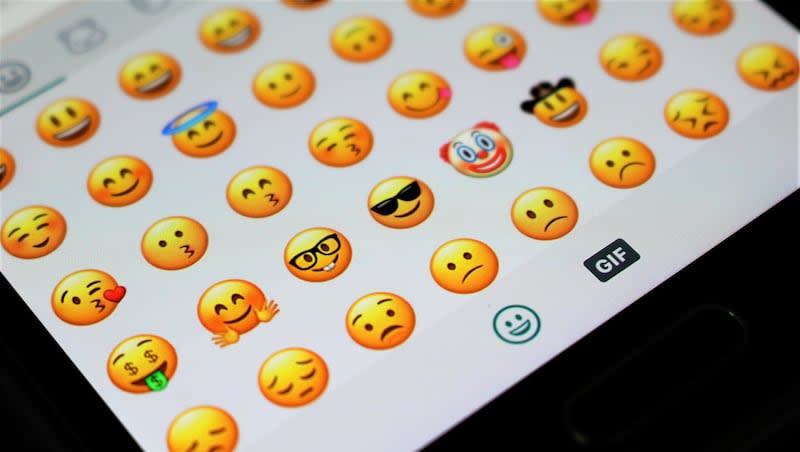These new emojis could be coming out next year

Business Insider reports that several new emojis are up for approval this year by the Unicode Consortium.
The list includes seven new emojis that, if approved, could be seen in 2025 on most operating systems.
According to BGR, the new emojis could possibly come out with the new iOS 18 and Android 15 next year.
These are the proposed new emoji that could eventually be added with iOS 18:
- face with bags under eyes
- fingerprint
- leafless tree
- root vegetable
- harp
- shovel
- splatter pic.twitter.com/Vqg4OZX9s5— Apple Hub (@theapplehub) May 22, 2024
What are the new emojis?
1. Face with bags under eyes
This tired-looking emoji is described by Unicode Consortium as meaning exhausted, sleepy or tired.
2. Fingerprint
The fingerprint emoji is described as being related to forensics, identity and safety.
3. Leafless tree
A leafless tree emoji refers to being barren, a drought and winter.
4. Root vegetable
The root vegetable emoji represents a beet, turnip or root, along with garden and vegetable.
5. Harp
The harp is defined as Cupid, instrument, love, music and orchestra.
6. Shovel
The shovel emoji refers to digging, a hole, to scoop or a spade.
7. Splatter
This splatter emoji that looks like an ink spill is described as Holi, paint, spill or stain.
The struggle of emojis
Earlier this year in the iOS 17.4 update, we saw several new emojis get added, per USA Today. They included a lime emoji, a phoenix, a mushroom, a breaking chain and shaking heads.
iOS 17.4 Beta Adds New Emoji: Shaking Head, Lime, Phoenix, Brown Mushroom and More https://t.co/eUpF5cItZZ pic.twitter.com/8GWQ0y0meH
— MacRumors.com (@MacRumors) January 25, 2024
But emojis can be interpreted in a variety of ways. A new study published in the journal PLOS ONE found that emojis can be interpreted differently based on one’s “gender, culture, and age,” per Phys.org. According to the study, an emoji has the ability to express emotions while also creating ambiguity.
Another study from the University of Nottingham found that individual interpretations of emojis differ among people, especially if they’re from different cultures or regions.
Another study published earlier this year in the journal Computers in Human Behavior Reports concluded that among older generations of adults, there is a perception that emojis are difficult to use, but they also eagerly wish to use them.
In 2022, Harvard Business Review suggested employees in the workforce use emojis to connect with their teams for the following reasons:
You get deeper insight into what your coworkers are feeling.
You build better cognitive empathy.
You’ll model appropriate emotions.
You can reinforce your company’s culture.
They also suggest that if you’re new to using emojis in the workplace, you can start with the simple ones, such as a thumbs-up to agree with someone.

